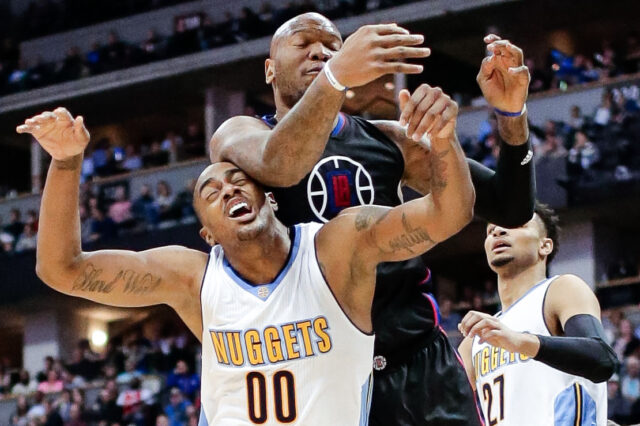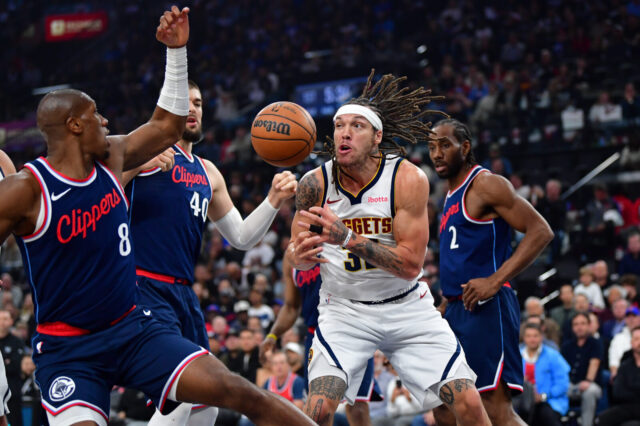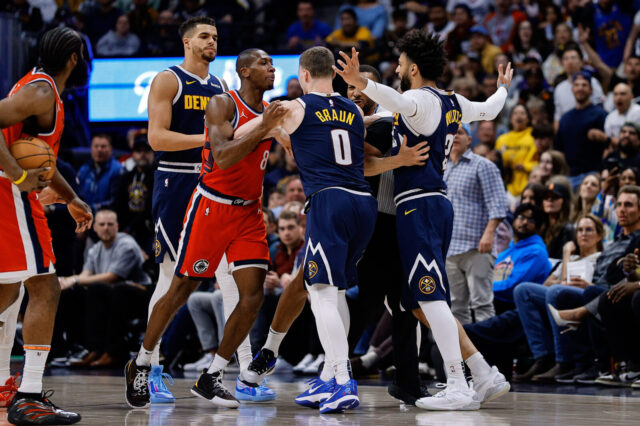As terrifying as they can be, most people who experience seizures have them last for seconds or minutes, with anything longer than 10 minutes being something doctors say to seek medical attention for immediately. But Ms. Figi was not average. Her first seizure lasted for a half an hour. When it was over, she had very little to say about it. Some of that may have been due to sheer exhaustion, but the larger part of the “why” was due to her vocabulary. You see, Ms. Figi was only three months old when her first seizure occurred.
As she got older, her seizures and their length increased, often experiencing upwards of 300 seizures in a week, some of them lasting for four hours. The impact to her growth and development was almost as painful for her parents as watching their little girl suffer. Treatment after treatment, medicine after medicine did not bring her relief. Terrified, her parents eventually had her induced into a medical coma, to simply give her poor little body a little time to rest and recuperate. As an even scarier measure, they signed a “do not resuscitate” order if something were to go wrong. Poor parents. Poor poor Charlotte.
Ah yes, I may have forgotten to mention, but by now odds are good you already knew. Charlotte’s story is one you may have heard a number of times before, as her case is what enticed a family from Colorado, the Stanley brothers, to create a high-CBD/low-THC blend of cannabis they came to call Charlotte’s Web. As a byproduct of her treatments, Charlotte has her life back, a life that has shifted from wheelchairs, not eating, and medically-induced comas to a much happier and healthier daily existence. Charlotte’s medicine only has her high on life.
Charlotte is very obviously not the only person who has experienced the positive effects of trying this alternative, as you can find in millions of examples and stories in any rudimentary search. I should know, as to make all biases clear, my current day job is in marketing for Green Flower, a company that educates on all aspects of cannabis, as no matter what side of an argument you stand on, I’m a fan of having good data to back yourself up with. I’m glad to do what I do, as we’re just as honest in our education on the issues and troubles of overuse or the complexities of medicinal applications as we are to advocate something that has had a deeply positive medical influence on so many when used correctly, including a few near and dear to me. It’s certainly a hot topic in my home state of Colorado, and as such it also divides a few near and dear to me. Always good to know where (and why) someone stands, and it only seemed fair you knew.
While the topic is also a hotbed across the world of sport, the NBA and it’s athletes and coaches may be some of the most vocal in their discussion of the topic, with the league now taking a measured and thorough position on how they are handling usage in the league and the positives and negatives they see in giving more latitude.
While Commissioner Silver progresses up this fine line, you can find endorsements of cannabis from a broad and diverse set of coaches, players, and former players. Coach Steve Kerr speaks of its medical efficacy openly, as does former Nugget Kenyon Martin. Speaking of former Nuggets, Al Harrington is seeing a lot of success in business in the space, after seeing the medical benefits change his grandma’s life while he lived in… Colorado. Paul Pierce and John Salley also have ventured into the business end. While there has never been a definitive number published around usage league-wide an oft-quoted report has former players estimating that 85% (or more) of the players in the league used cannabis at least on occasion, and even those who doubt that level of saturation typically admit that player usage is widespread, or was when they were playing. BIG3 started openly allowing usage as a league a year ago.
No matter your opinion on the topic, it’s clear that things in cannabis have been moving quickly. Recreational use anywhere has only been legal in for six years (Colorado), and Medical use has only been legal anywhere for 22 (California). That all now seems to be snowballing, as more states now have some form of the above than do not. If the current motion portends even further legalization and acceptance, there will be many organizations having to re-think their position with their employees on this topic, and needing to know as much as they can quickly. If nothing else, the league seems to want to stay ahead of that curve.
The NBA is spending some serious time figuring out their next steps on this topic, Nuggets Nation. Do you think this is a positive arc for the league, are they going to make a shift, and where do you see this eventually going in the next decade or two?
This content is no longer available.
(as always, please be respectful of others in your opinions.)


